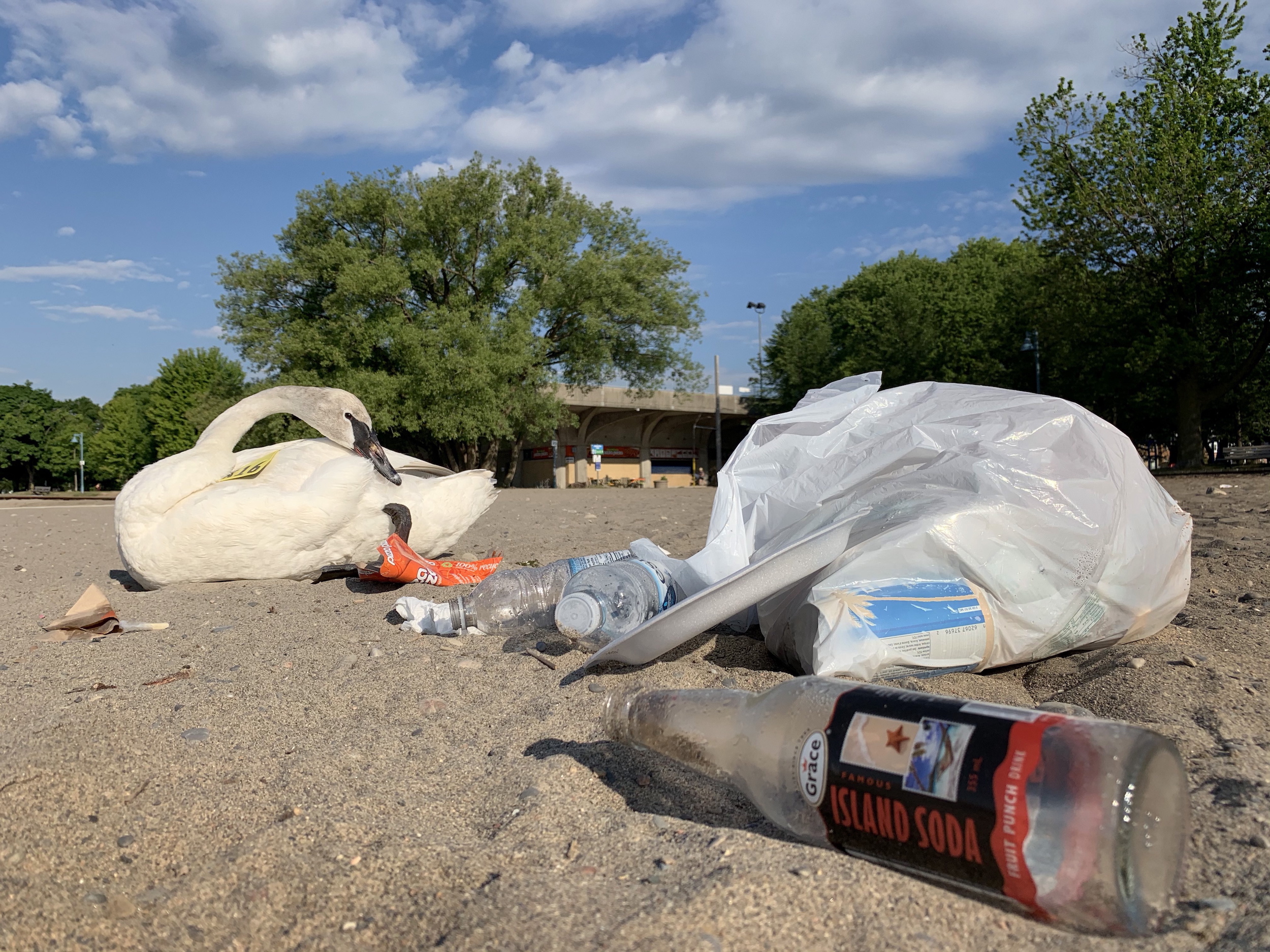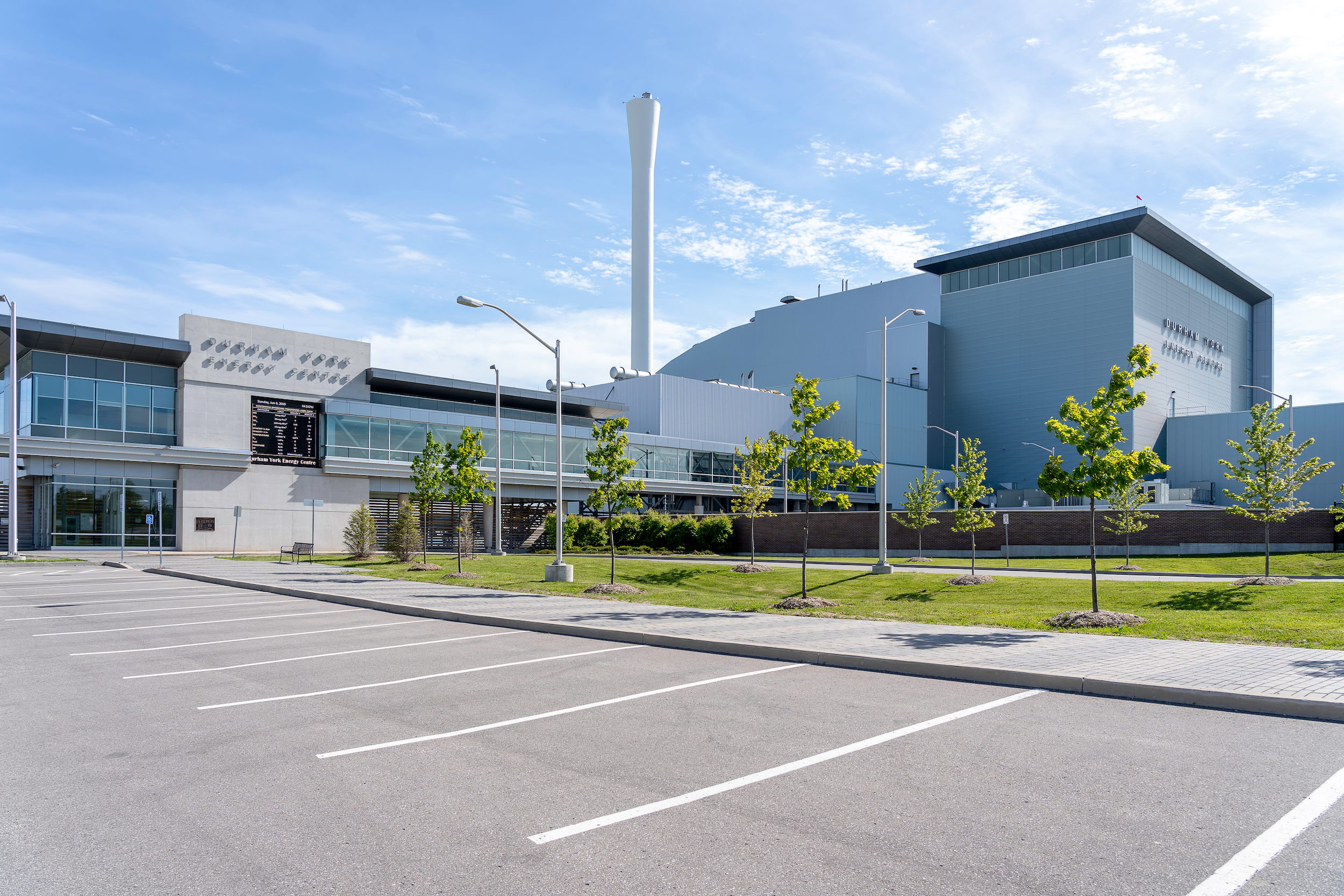
Water determines the Great Lakes Region’s economic future
Climate change, geopolitics and business opportunities power a blue economy
Ontario’s garbage is making headlines again as a small farming town tries to ward off a large construction company’s efforts to revive and expand a dormant landfill site.
Residents of Dresden, a town of 2,401 people in southwestern Ontario, are staunchly opposed to a proposal that would reopen the landfill — right on the edge of town — and increase its size by dozens of football fields. The town’s city council has written of its opposition to the provincial environment minister, and its mayor told the London Free Press he has texted Premier Doug Ford.
Dresden isn’t the only small town resisting dump expansion and this is not a new story. For decades now, as large Ontario cities ran out of spaces for waste in their own backyards, they sent garbage to small rural towns and Indigenous communities. Some is shipped across the border to Michigan or New York State.
Here’s the problem: Ontario is rapidly running out of landfill space. According to Waste to Resource Ontario, an industry lobby group that tracks available capacity with a live countdown, the province’s landfills will be full in nine years, perhaps even sooner.
The provincial government doesn’t have a strategy to address this. It hasn’t for many decades — and its inaction has only made things worse.
“Governments only ever propose Band-Aid solutions. They just kick the can down the road,” Calvin Lakhan, co-creator of the “Waste Wiki” project at York University’s faculty of environment and urban change, said.
“But our fundamental problem is we generate too much waste,” Lakhan, who calls himself a “garbage doctor,” told The Narwhal. “We’re on the precipice of a transformational shift on how we manage waste and we are not ready for what it means to run out of landfill space.”
Waste is something that nobody wants to think about, but it impacts our daily lives, and it has to go somewhere. Where it goes matters because improperly disposed waste can harm soil, water, air and health: biodegradable waste in landfills release significant amounts of methane, while chemicals can leach from all sorts of everyday products.
If nobody wants our garbage, what do we do with it? Here’s what you need to know about Ontario’s waste problem.

Everyone — especially outside their homes.
The amount of waste generated in the province has been increasing over the last two decades and is among the highest levels of waste generated per person in the world. According to a 2023 Association of Municipalities of Ontario report, the province produced seven per cent more waste in 2022 than it did in 2017.
At least two-thirds of it, maybe more, is created by industrial, commercial and institutional sources like restaurants, factories, hotels, offices, retail stores, schools, universities, hospitals and construction projects.
“We’re generating more waste than we can manage,” Peter Hargreave, a long-time waste policy advisor, told The Narwhal. Hargreave worked in the Ontario government until 2010 and now runs a consultancy, Policy Integrity. “We’re reaching a point where decisions need to be made about potentially sourcing new capacity … and we desperately need ways to manage the problem in our own backyard.”
Yup.
“The largest source of waste imports into Michigan continues to be from Canada at 14.88 per cent of all waste disposed in Michigan landfills,” a March report by the state’s Department of Environment, Great Lakes and Energy reads. While major Ontario municipalities stopped shipping waste stateside in 2010, industrial and commercial businesses in the province keep sending trash across the border.
The reason for this is economics. Garbage disposal costs are so cheap in Michigan and New York that it’s worth it for Ontario’s companies and large institutions to pay for long-distance trucking. The province exports nearly a third of its trash across the border.
“We really haven’t approved a lot of new landfill sites in Ontario because we’ve slowly become dependent on this option,” Hargreave said. “But if the border were to close, there really isn’t any place in Ontario that can take in all our garbage.”
Grumblings have grown in U.S. states about being Canada’s trash chute. During her 2018 campaign, Michigan Governor Gretchen Whitmer pledged to end all imports of out-of-state waste, with an explicit goal of “stopping Canadian trash,” by increasing disposal fees. Despite being re-elected in 2022, Whitmer hasn’t delivered. Her office did not respond to questions from The Narwhal.
Very little.
In fact, some experts say politicians have worsened the problem by politicizing garbage instead of rooting their policy approach in science.
Dalton McGuinty’s Liberals made waste management the responsibility of individual cities and towns. The province held regulatory control through the Ministry of Environment but municipalities were largely left to deal with waste on their own. This resulted in “a hodgepodge of pick-up and recycling and green bin regimes across the province with no meaningful guidance on what should be done,” Peter Bulionis, a retired mechanical engineer who worked in waste management for many years, told The Narwhal.
The Ford government made that worse. In 2020, the government passed Bill 197, or the Covid-19 Economic Recovery Act, omnibus legislation that added a new provision to the Environmental Assessment Act empowering municipalities to veto landfills. Experts told The Narwhal opening new landfills is now “impossible.” As seen in towns and cities like Dresden, Collingwood, London and Ingersoll, no one in Ontario wants to take anyone else’s trash.
“I’d like to see us embark on an intelligent strategy for landfill in the province, which doesn’t exist right now,” Bulionis said. “It should be long-term, it should be sustainable. It’s just that politicians aren’t interested in this subject.”
First, go back to basics. “ ‘Reduce, reuse, recycle’ is not just a catchy title. It’s the order in which we should do things,” Lakhan said. But the government has failed to properly encourage or push people and businesses to cut waste. At most, it pushes confusing blue box recycling programs onto residents. It certainly hasn’t implemented strong regulations to reduce waste from the biggest producers: industry, commercial business and institutions.
According to a 2021 auditor general report, almost 1.6 million establishments are not properly regulated. While individual Ontarians and families recycle about 50 per cent of their waste, the non-residential sector only diverted 15 per cent of its waste in 2018, the most recent year data was available.
And “the Ministry [of Environment] had not taken concrete actions” to fix this, the auditor general reported, citing a long list of failures ranging from weak reporting and audits to falling far behind its own targets. Industries, institutions and businesses are not required to separate organic waste to be composted rather than going to landfill. The same report found Ontario introduced a strategy to reduce organic waste by 2024 then did little to put it in motion, before pausing it to allow businesses to recover from the pandemic.
Non-residential establishments also don’t have to separate recyclables. As well, Ontario’s list of materials that this sector must recycle is woefully behind the times: it has not been updated in over 25 years and excludes now-common materials, such as coffee cups, compostable packaging and most plastics.
“Our systems are not designed for the material we most throw away. It physically cannot recycle these materials. No matter how much money you throw at it, we just can’t,” Lakhan said. He thinks the government’s focus should be disincentivizing companies to overuse unrecyclable packaging and limiting what people can throw away.
“We don’t have the tools to address the problem and policymakers are grossly underprepared for this.”

Maybe, but only for a little while.
According to Waste to Resource Ontario, the province has approved seven landfill expansions since 2016. But as the population increases and the Ford government seeks to build more homes, waste will also increase. Landfill space will continue to be scarce. And many private incinerators and dumps are nearing their annual limits already.
As a result, Ontario’s two waste incinerators — one in Courtice and the other in Brampton — are looking to increase capacity. The Brampton proposal is especially notable as it seeks to grow to process more than four times its current waste levels.
“In a modern economy, incinerators are just a mechanism for society to be lazy and burn it all away,” Lakhan said. “We really need to be thinking about waste reduction instead of looking for a get-out-of-jail-free card.”
Meanwhile, a new or even expanded landfill could take up to 10 years to set up. By then, we’ll already be out of time. That’s why experts are focused on sustainable solutions: reducing waste rather than finding ways to bury or destroy it.
“It is going to become a panic situation,” Bulionis said. “We’re generating garbage at a horrendous rate and it’s not going away. Recycling and repurposing isn’t going to do it. If we don’t reduce, we’re going to be constipated and choking on our garbage. It is horrible. It’s stupid. And four years from now, if Doug Ford is still premier he’ll say get it out of my sight and dictate a location.”
“What’ll happen will be a political decision. It will not be based on science.”
Get the inside scoop on The Narwhal’s environment and climate reporting by signing up for our free newsletter. On a warm September evening nearly 15...
Continue reading
Climate change, geopolitics and business opportunities power a blue economy

10 billion litres of sewage are dumped into Winnipeg’s lakes and rivers each year. Some...

Court sides with Xatśūll First Nation, temporarily halting Mount Polley mine waste expansion
